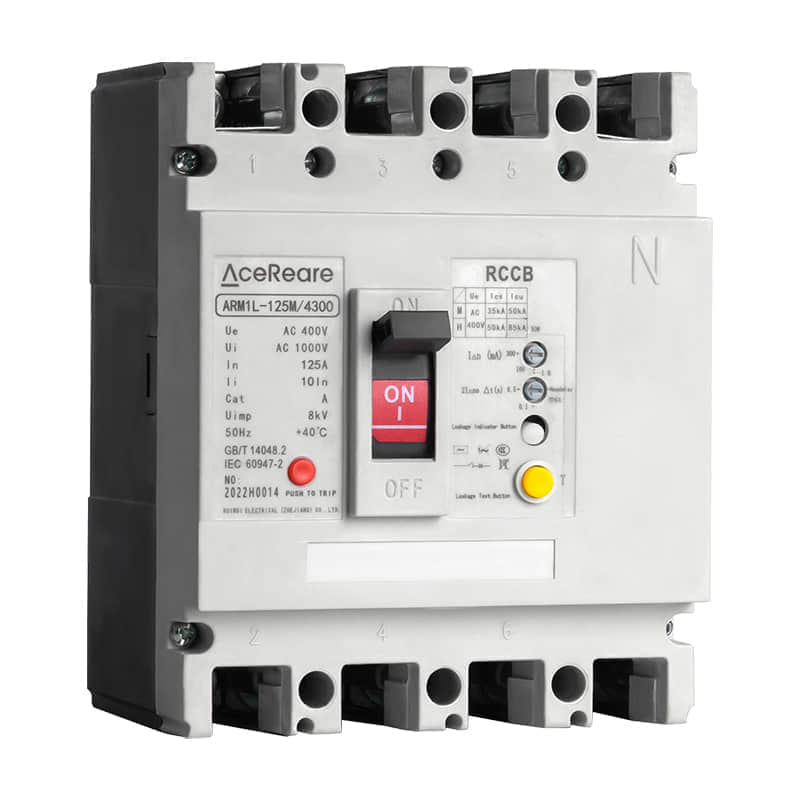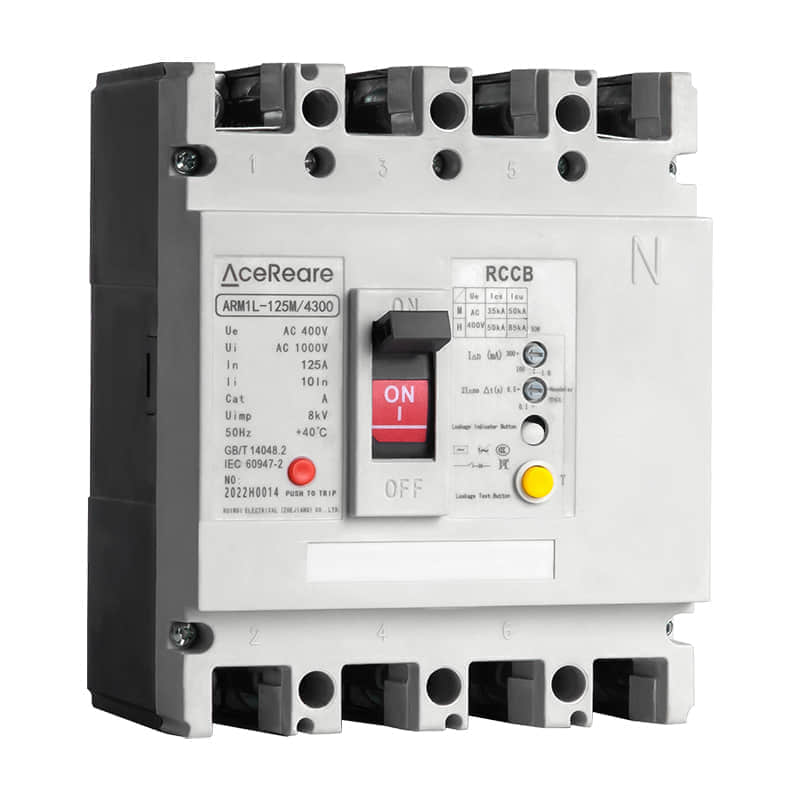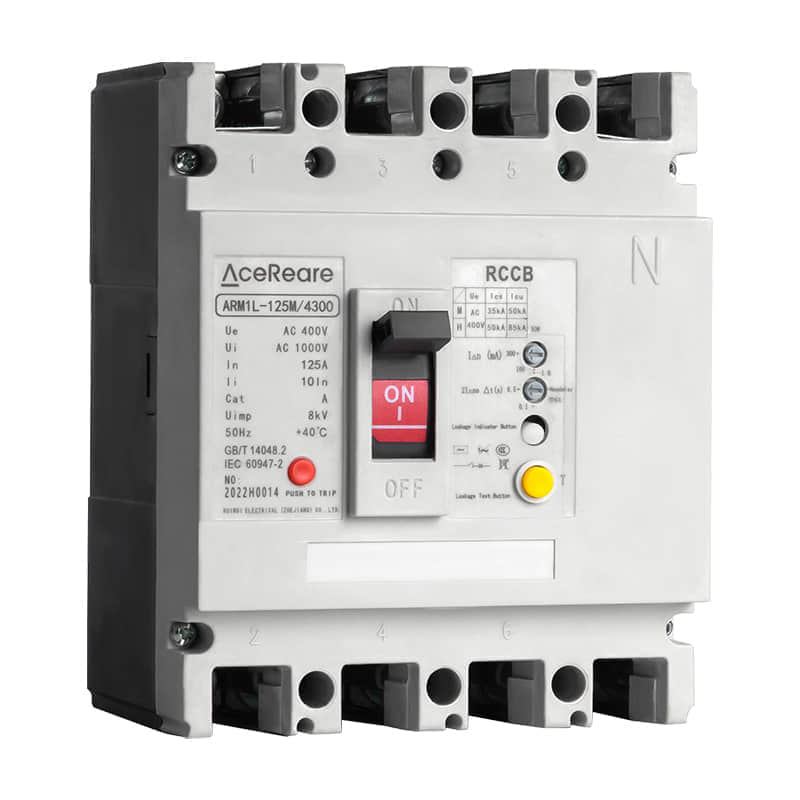Residual Current Circuit Breakers (RCCBs), also known as ground fault circuit interrupters (GFCIs) in some regions, play a crucial role in electrical safety. These devices are designed to protect people and property from electrical faults and are a fundamental component of modern electrical systems. In this article, we will delve into the world of RCCBs, exploring their functions, types, and importance in ensuring electrical safety.

What is an RCCB?

RCCB stands for Residual Current Circuit Breaker. Its primary purpose is to detect and interrupt abnormal current flows in electrical circuits. These abnormal flows typically occur when there is a ground fault or leakage current due to a fault in the wiring or an appliance. RCCBs are sensitive to even the smallest imbalances in current, making them invaluable for safeguarding against electrical shocks and fires. How Does an RCCB Work? An RCCB constantly monitors the current flowing through the live and neutral conductors of a circuit. It compares the currents in these two conductors. In a perfectly balanced circuit, these currents should be equal, resulting in a net current of zero. However, in the presence of a ground fault or leakage, the currents become imbalanced. The RCCB senses this difference and quickly trips, cutting off the electrical supply to the circuit. Types of RCCBs There are two main types of RCCBs: Fixed RCCBs: These are permanently wired into the electrical distribution board and provide protection for specific circuits or areas of a building. Fixed RCCBs are typically used for critical applications like bathrooms, kitchens, and outdoor outlets. Portable RCCBs: These are plug-in devices that can be used with standard power outlets. They are convenient for providing additional protection to specific appliances or tools, making them a versatile option for various settings. Importance of RCCBs RCCBs are critical for several reasons: Protection against Electric Shocks: RCCBs can detect and respond to even small leakage currents, preventing potentially fatal electric shocks. Fire Prevention: Ground faults can generate heat and potentially start fires. RCCBs can minimize this risk by quickly disconnecting the faulty circuit. Protecting Electrical Appliances: RCCBs can extend the lifespan of appliances by cutting off the power supply during a fault, preventing damage caused by prolonged exposure to abnormal currents. Legal Requirements: In many countries, installing RCCBs in certain areas of a building is a legal requirement to ensure the safety of occupants. Installation and Maintenance To ensure the effectiveness of an RCCB, proper installation and regular maintenance are crucial. Here are some key points to consider: Professional Installation: RCCBs should be installed by licensed electricians to ensure they are correctly wired and positioned. Regular Testing: Periodic testing of RCCBs is essential to make sure they are functioning correctly. Most RCCBs have a test button that simulates a ground fault; if the RCCB trips as expected, it is working correctly. Replacement: If an RCCB trips frequently without an apparent fault, it may be a sign of wear or damage. In such cases, it should be replaced promptly. Conclusion Residual Current Circuit Breakers (RCCBs) are indispensable for electrical safety. They provide vital protection against electric shocks, fires, and damage to appliances. Whether in homes, offices, or industrial settings, the installation of RCCBs is a fundamental step in ensuring the safety of occupants and the integrity of electrical systems. Regular maintenance and adherence to safety regulations are equally important to maximize the effectiveness of RCCBs and keep electrical installations safe.
